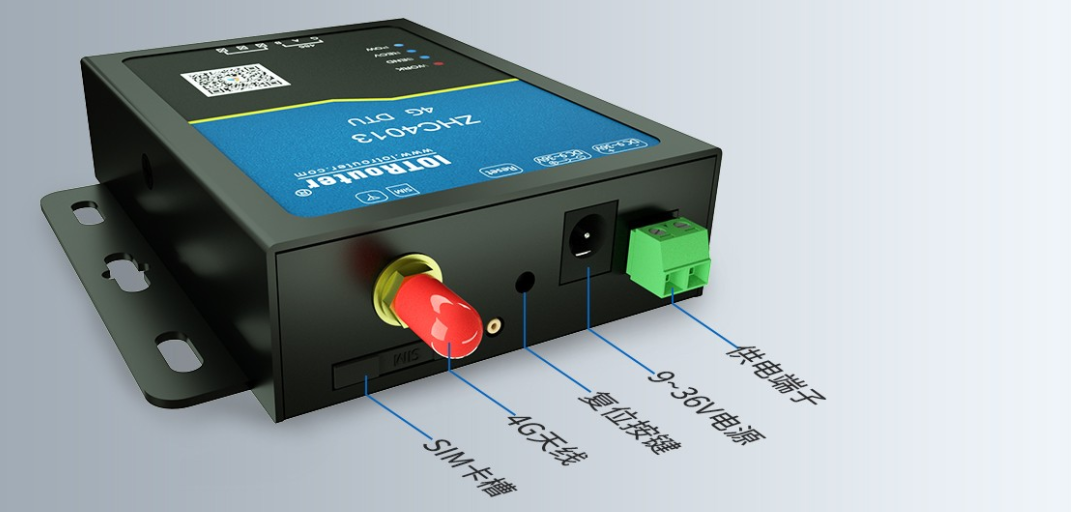The 4g module is a cellular communication device that uses two standards, TD-LTE and FDD-LTE, and is loaded into a designated frequency band. The software supports the basic circuit set of the standard LTE protocol and is an IoT communication module.
The main performance of the 4G module is
● Supports 2 network connections online at the same time, supporting TCP Server, TCP Client and UDP Client;
● Supports 2-way Socket transparent transmission mode and UDC mode; Supports remote upgrade and hardware watchdog;
● Supports serial port 1000byte data cache, you can choose to cache data without losing it when the connection is abnormal;
● Support sending registration package/heartbeat package data;
● Support serial port/SMS/network setting module parameters;
● Support base station positioning function;
● Supports two working modes: network transparent transmission mode and protocol transparent transmission (UDC) mode;
● Support basic instruction set;
● Support remote upgrade to keep firmware up to date;
● Supports simple commands to send Chinese/English text messages, avoiding the complexity and difficulty of sending Chinese text messages from PDU;
● Support protocol transparent transmission mode (UDC mode) and provide server-side secondary development materials.

In terms of functionality, 4g modules can be divided into AT command types, MQTT types, and DTU types. The AT command-type 4G module can send commands through the serial port AT command set to control the connected serial device; the MQTT-type 4G module is a 4G module that supports the MQTT protocol; and the DTU-type 4G module is a 4G module with DTU function.
The DTU module is a DTU module embedded in the device for bidirectional data conversion between serial port equipment and cellular network equipment. The role played by the DTU module is the module unit responsible for sending data information to both ends of the link that transmits data during the communication process. After processing by the DTU module, the information they transmit undergoes data verification. The CPU control module, wireless communication module and power module together constitute the hardware part of the DTU module.
With the rapid development of mobile communications, China’s three major telecom operators obtained 4G licenses in December 2013. Based on the previous construction of LTE 4G trial networks, they strongly recommended the network construction of LTE and the downlink data transmission of 4G mobile communication networks. The maximum rate is 150 Mbit/s, and the maximum uplink data transmission rate is 50 Mbit/s. In the video surveillance industry, 4G networks are gradually being used for video transmission. Relying on the 4G mobile communication network, it greatly facilitates the actual transmission of monitored video signals. China Mobile mainly operates TDD-LTE network, China Telecom and China Unicom mainly operate FDD-LTE network. The video transmission module using 4G network not only supports two types of LTE networks of the three major operators, but also supports WC-DMA, TD- SCDMA and GSM can meet the needs of cities and surrounding areas with relatively good 4G network coverage, and can also be used in remote areas where only GSM is covered.
